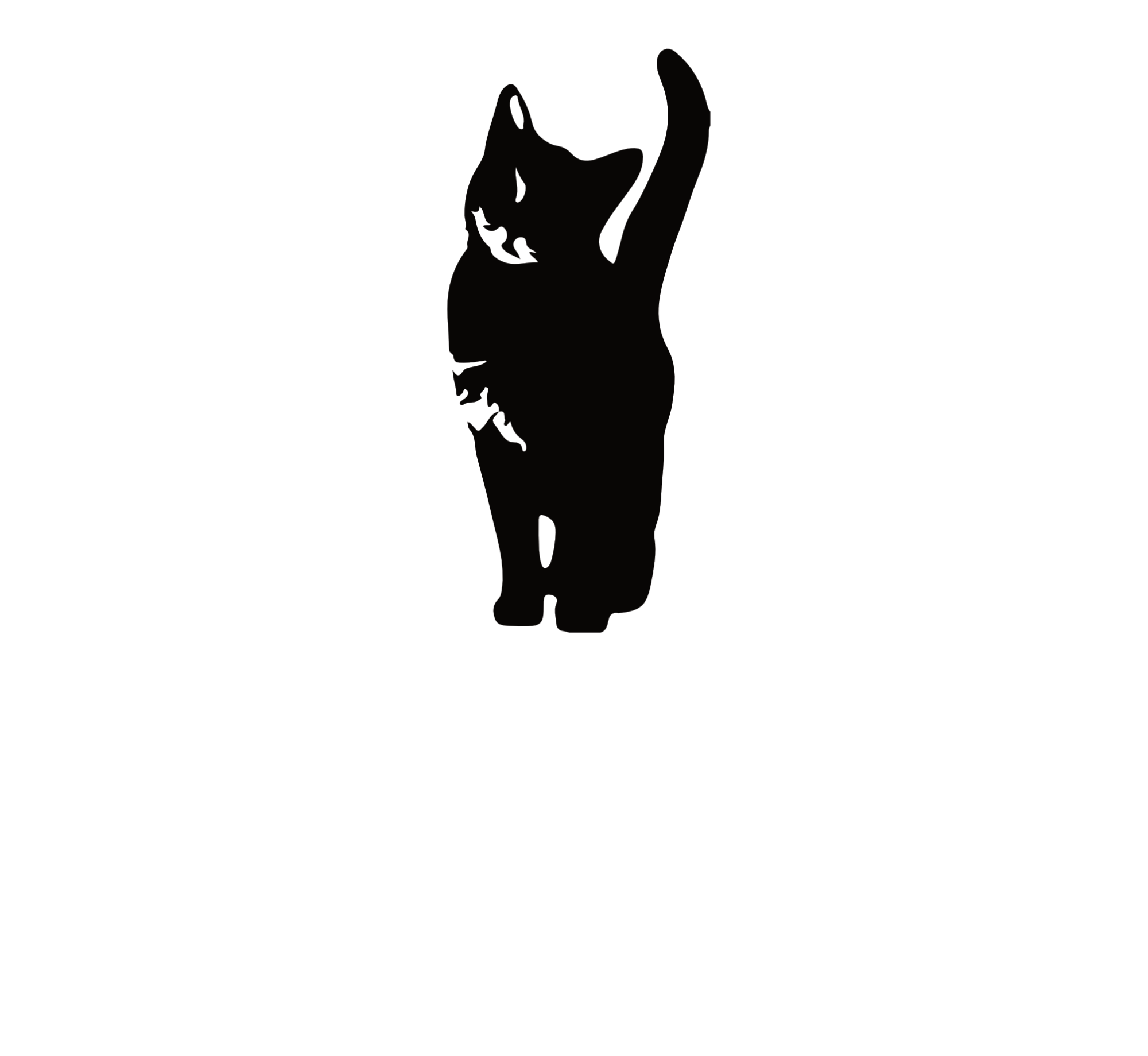It was Easter morning. My wife always tries to make things special for our two little girls. Today was no exception as she prepared to have her favorite chocolates delivered in advance to our home all wrapped up as a big surprise.
Easter morning our chocoholic girls (9 and 11) bounced down the stairs to tear open their Easter baskets. They ripped through the packaging to reveal the content of the box.
“Gross! “said my oldest opening up the box.
Her wrapped chocolate set look like the Vulcan from Star Trek who had a transporter malfunction. It was one melted mess.
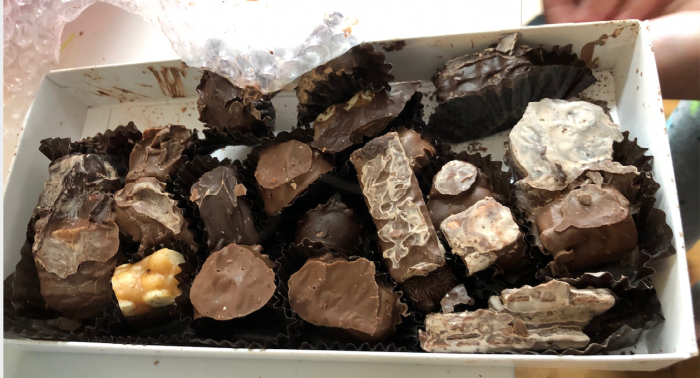
“Ack!” said my youngest. Same melted mess.
My wife looked utterly devasted. I realized the store screwed up, but I didn’t know how bad they screwed up in the eyes of my wife. To me it was melted chocolate, to her something much more profound.
For her there was meaning behind this brand of chocolates. They were connected to her childhood memories of when her rather health-conscious Aunt and Uncle gave this same exact same high-end brand of chocolates as a rare treat to her during a difficult time in her life.
The melted chocolates were symbolic of a special and emotional moment in her life. One that was sullied by the molten mess before all of us that morning.
When it comes to out of the box experiences you can’t un-ring the bell.
Great Boxes and Broken Boxes
Many companies unknowingly completely blow it through just plain neglect. This results in disappointment, lack of use, and in some cases, outright defection from the brand.
It’s a shame, as this is a critical moment of truth that when done wrong can flush millions of R&D, marketing, and distribution efforts down the drain with one wrong mishap.
The “unboxing” experience has long been well researched and respected in CPG, but much less attention has been paid in other industries. Apple is one of the masters of the unboxing experience. Their packaging looks high-end, it is simple, and you are up in running very quickly after opening the package.
Others such as Stitch Fix make the unboxing experience the experience; even more prominent for some customers than the contents of the package. Perhaps not accidentally, this also creates a nice social media buzz and free media.
The unboxing experience is not relegated to hardline and softline goods, but can also be applied to experiences. Disney Resorts does a fantastic job of getting their guests excited for their vacation by providing a Welcome Package
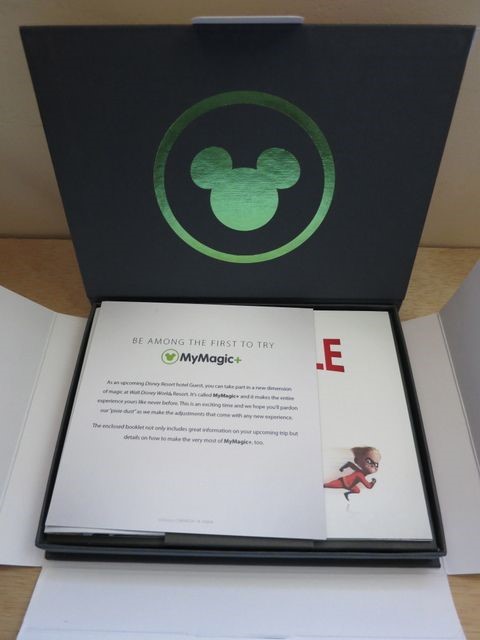
Other verticals have floundered. For example, it is not unusual to buy a $50,000 automobile and have it delivered with a 20-minute walk around tutorial from a salesperson with little fanfare, leaving customers confused and a bit let down. With the increasing amount of technology piled into a new vehicle, this can become a real issue in usability and adoption as well.
The most expensive items you will buy in your life — your education and your home — also can have a dismal on-boarding experience. Newcomers approach these large and complex purchases for the first time and must interface with a half a dozen different unique entities to complete their purchase. They are unsure of the flow or the people involved. Intermediaries such as agents and registrars can help, but even their oversight is inadequate in creating a seamless experience.
So, how do we make the out of the box experience better? Here are a few hints.
Do your Homework
This may surprise you, but I would recommend the first thing you do is try and really understand your customer. This involves two preliminary steps: understand your different customer personas and then understand their journey. For example, this is a generic and simplified journey for typical traditional college student.

Looking at this journey, first ask: How might this journey look different for those engaged in distant learning, for working students, and non-traditional students. Is it the same journey or slightly different? Are the steps the same or are their additional ones or ones that are skipped.
Secondly, identify where things can be made better by persona. Where can we eliminate ‘friction’ or provide an opportunity for the client that benefits both the University and the student.
As I have written in the past, this does not need to be an arduous prolonged process. A good plan acted upon is better than a perfect plan that takes months. There are better and worse ways of doing this, but the main point here is this; get it done.
Reduce Complexity and Clutter
Which of the following packaging is more appealing to you?
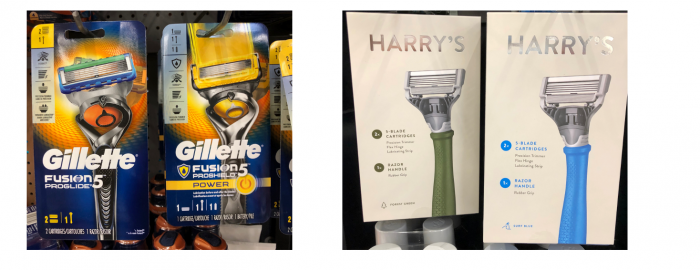
I have asked this question at conferences all over the world. Guess which one people prefer by a 5 to 1 margin? It’s not hard, but it’s amazing how many very large companies are just plain bad at it.
Likewise, don’t just think about the appearance, layout, and information displayed, it is also about opening the package itself. Ever try and open a well-engineered blisterpack? While it does keep the product well secured, it is a maddening enterprise to open and almost an impossibility for the very young or the very old. It’s not only annoying, some estimate this clever packaging result in nearly 6,000 trips to the emergency room in the US every year.
Finally, think about waste. In this day of delivery and fear of damage during transit, there is a lot of packaging waste. How can you minimize the amount of packaging required? For example, do we really need to wrap up fruit when it is already encased in god’s own wrapper?

There are many good strategies for reducing waste such as using bio-degradable and recyclable materials. The best strategy to reduce waste, however, is to reduce packaging material.
However, keeping it simple isn’t limited to just product packaging and modulars, but also very much applies to websites.
Lingscar.com is infamously bad. While few approach Ling’s sensory onslaught, there a numerous UX experiences that certainly approach that level of visual mania.
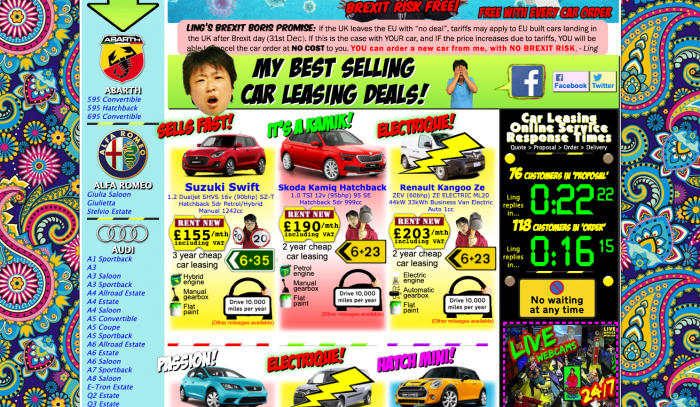
When it comes to ‘out of the box’ or onboarding experiences, less is more. Figure out ways to very simply communicate how to people the information they quickly and effectively.
While Cox Communications has some challenges in other aspects of their CX, I have found their installation guides to be simple and easy to use. This has the benefit of saving Cox the expense of sending a tech out to do something 95% of Americans can do and doesn’t require the customer to sit around waiting for that tech to show up in a 12-hour window. With available call in support techs, this approach likely reduced cost while increasing CX.

Always keep in mind the key question; what is the customer trying to do? Then make it simple for them to do it.
The Art of Surprise
One day I observed my then 8-year-old daughter spend about 6 hours watching other children opening cheap plastic eggs on YouTube. Besides mulling over the fact that I will never win the Parent of the Year award, I also reflected on the trance-like state it put my normally loquacious daughter in. She’s not alone, these short 5-10 minute videos attracted views in the billions. Billions of views of a low res, amateur video of other kids unwrapping eggs.
What can we learn here?
First, we might conclude our society is going to hell in a handbasket. Setting that fact aside, we might also conclude that people really, really, like surprises. In fact, research shows that it is an emotional turbocharger, creating much more pleasurable feeling than when just presented with something pleasant that is expected. Why do you think you find so many people at the gambling table late at night in Vegas? It’s not just the free booze folks, it’s to get that one last gambler’s high feeling of winning. An unexpected blackjack or a serendipitous roll of the dice. That’s what makes Vegas…Vegas.
Ask yourself; how can inject that surprise into the out of the box experience? Put a pleasant variable element into your delivery. Some use a gift, but that’s kind of boring and really has no surprises associated. Why not do what stitch fix does and build the surprise into the offering. Own a lawn service? Maybe some customer randomly receives other ancillary services with having the overall cost structure built-in across customer to minimize risk.
At our AirBnBs, we throw a random six-pack of local craft beer for some of our guests…and local chocolate for others. They don’t expect it, and it’s a small expense…but it sets us apart in a highly competitive environment.
Consistently Deliver
An unpleasant surprise is equally unwelcome as we opened with. You MUST meet the minimum requirements for out of the box usage very consistently. Delivery services rarely lose packages but when they do, there is hell to pay.
Before working on simplifying packaging and creating surprises, you first must ensure that basic blocking and tackling is covered. Products cannot be damaged, they shouldn’t be late, and they shouldn’t be out of stock. Even small incidences of this can seriously damage a brand and the related deleterious consumer behavior consequences.
Thinking Out of the Box for Out of the Box Experiences
If you haven’t thought about how people first interact with your product or service, you should. First impressions are powerful and will predict whether you win or lose that customers business in the future.
There are many simple ways to make the out of the box experience better. From simplifying the process to making it more celebratory and fun for the customer. However, whatever you do, don’t screw it up and melt the chocolate. Good luck on your out of the box reinvention.
